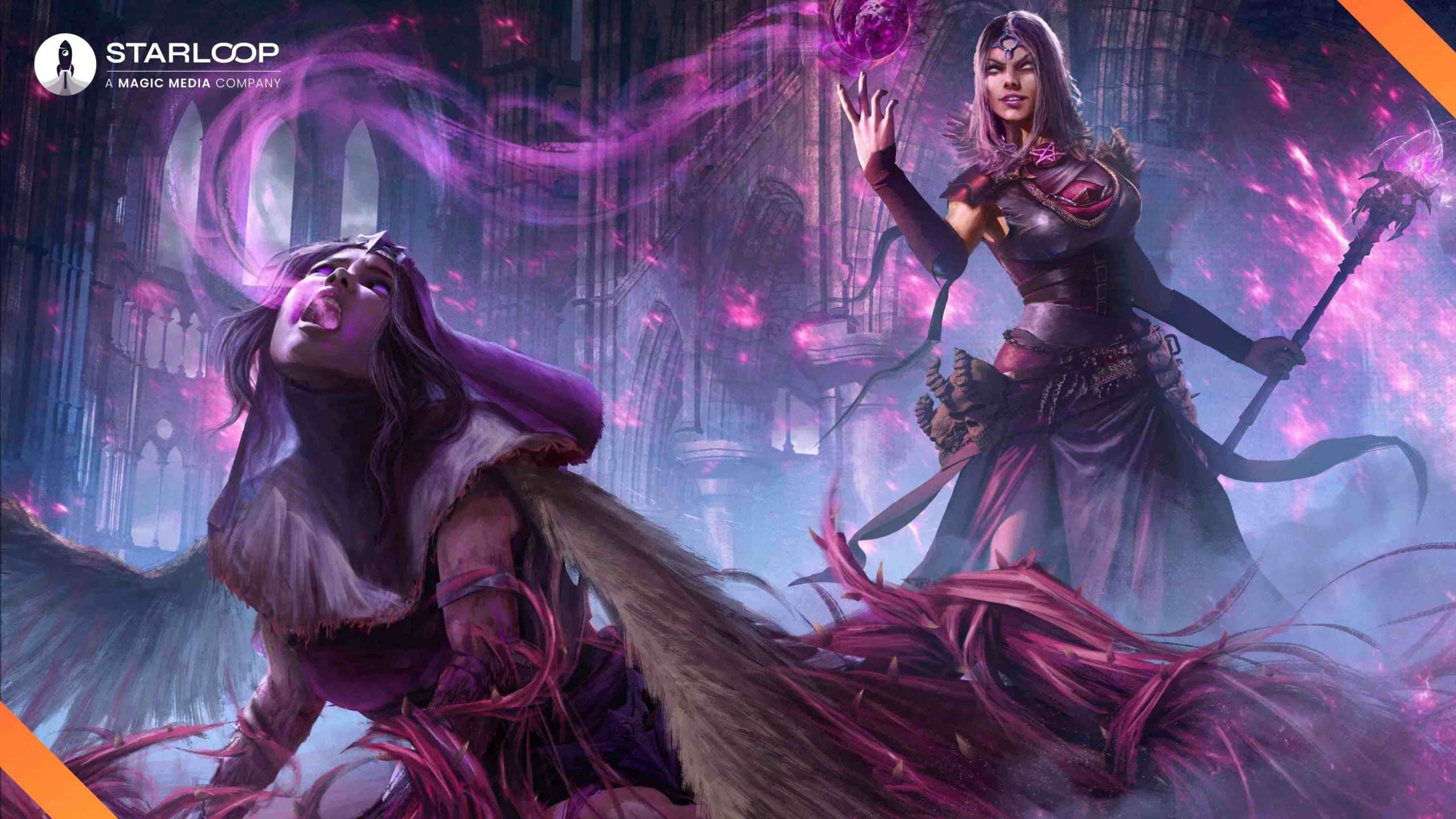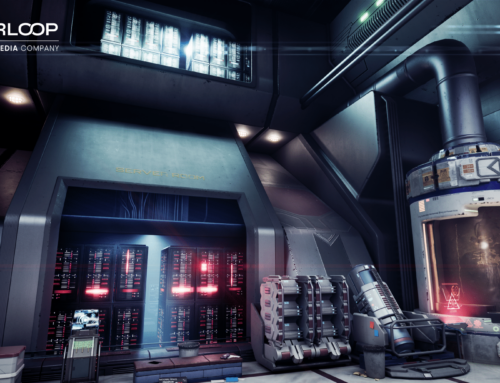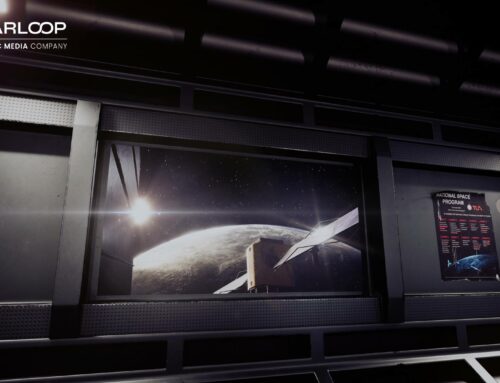Visual effects in modern gaming can be a transformative process that brings a title’s presentation and immersion to the next level. It has become an integral part of game development, from small-scale indie gems to AAA blockbusters. Though VFX can be viewed as a broad term in gaming and entertainment, it has particular effects on video games and the people who play them.
VFX can greatly improve a game’s immersion and communicate key information to players about game mechanics. Rather than relying on overt explanations and walls of text, VFX allows players to immerse themselves in games and intrinsically understand their mechanics in an efficient, streamlined manner.
Immersive VFX in Games
A common use of VFX in games is to create effects that enhance the game’s immersion. Weather effects are commonplace in modern gaming, where VFX can be used to create rain, fog, and any other weather condition imaginable by the developers. Weather effects can be crucial to player immersion whether the game makes use of traditional levels or open worlds.
In survival horror games such as the Silent Hill franchise, for example, fog is used as a tool to help express the unnerving atmosphere and instill a sense of mystery in the game’s locations. Without the use of fog, these games would run the risk of losing much of their visual identity and immersion.
VFX is also particularly useful in selling the effects of abilities and action in combat-based games. In fantasy settings, VFX is used to create the fantastical particle effects of spells. These effects make use of color and patterns to communicate their otherworldly, sometimes dangerous, and fantastical effects, and as a result, help immerse the player in the world.
VFX Impact on Gameplay
At Starloop, we understand that VFX is especially useful for communicating game mechanics in a way that players will instinctively understand. In our experience, we’ve seen that it can help players suspend their disbelief and remain enthralled in the game world without their sense of immersion being broken by text explaining various aspects of gameplay. A common example of this seen in action games is highlighting enemy weak spots with color and particle effects to indicate to the player where to strike.
This streamlining of player experience extends to interactions in game worlds too. Interactable objects, especially rare ones, such as collectibles or hidden items, will often have a visual cue for players such as glistening particle effects or highlighting them in a solid color.
Communicating character and ability enemies is arguably most efficiently done with VFX. In sci-fi shooters such as the Halo series, players can quickly understand their weapons and their enemies based on the projectile’s size and color, which is traditionally an indicator of weapon and ammunition type. Fantasy games benefit by using VFX for spells and abilities. When a player sees a yellow lightning bolt or a red fireball object being flung at them by enemies, it’s easy to understand the effect they’ll have.
Cohesion Between Gameplay and Immersive VFX
The combination of both VFX for gameplay and immersion provides the player with a better, streamlined experience, and there are certain points where both aspects intersect. Photo modes, for instance, are becoming more commonplace in modern gaming. Photo modes allow players to take direct control of the camera and view the characters and world freely. This gameplay mechanic lets players adjust their views by adding filters, photographic effects, and more to customize their experience while retaining the immersive VFX in the world – whether that is rain, fog, fire effects, or anything else.
VFX in games run in real time, so for any development project it’s important to strike a balance between the benefits of using VFX to enhance gameplay and immersion and the target platform(s) system load. This is unlikely to be an issue for game projects that don’t use high-end, modern graphics, but for titles aiming to be visual powerhouses, it’s a necessity to consider at every stage of development. Immersing players in a well-designed world is a fantastic way to invest players in a game, but it’s less effective if that comes at the cost of performance.
We’ve experience with game engines such as Unreal Engine 4 and its newest version, Unreal Engine 5, which boasts game-changing features to enable better VFX. Creating incredible VFX for games is becoming more achievable, but without an understanding of subtle game-to-player communication, visual cues, and absorbing world design, VFX can often be nothing more than a set of flashy visuals.
Contact Starloop Studios today to learn more about our expert high-quality game development services for all platforms.
As part of Magic Media, we offer a wide range of services for the gaming, entertainment, and tech industries, including but not limited to full-cycle game development, game trailer production, and real-time VFX. Get in contact today, and let’s create magic!



